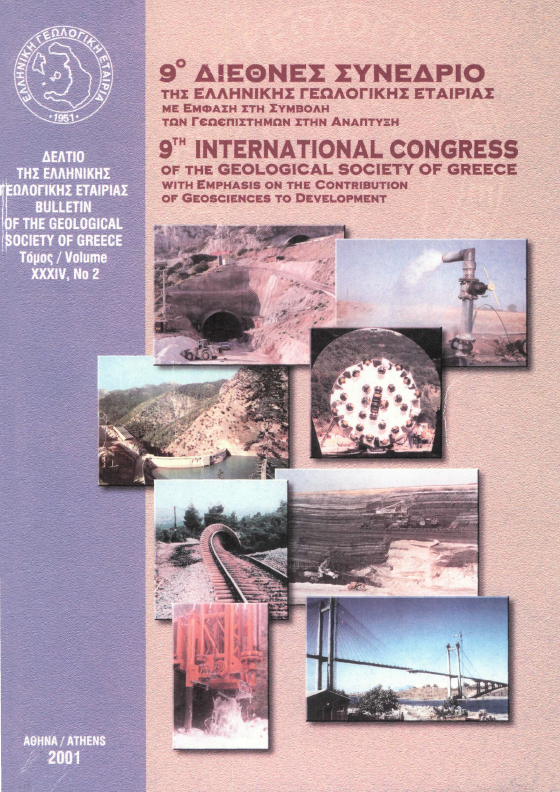Turbidite deposition in the Early Late Cretaceous Pindos Basin (External Hellenides)

Abstract
The lower Upper Cretaceous clastic lithologies of the Pindos Zone in western Greece document a phase of enhanced tectonism. They are preserved as mixed carbonate/siliciclastic turbidite associations alternating with deep-marine siliceous sediments. New faunal and sedimentological data recovered from these deposits hint at two major pulses of turbidite shedding commencing at the change from the Early to the Middle Cenomanian and in the Late Turonian. The deposits are organized in generally thin clastic packages that can be attributed to lower fan facies. Different sources are likely for the occurrences in the central Pindos Mountains, the western and the easternmost Péloponnèse.
Article Details
- How to Cite
-
NEUMANN, P. (2018). Turbidite deposition in the Early Late Cretaceous Pindos Basin (External Hellenides). Bulletin of the Geological Society of Greece, 34(2), 771–777. https://doi.org/10.12681/bgsg.17355
- Section
- Sedimentology

This work is licensed under a Creative Commons Attribution-NonCommercial 4.0 International License.
Authors who publish with this journal agree to the following terms:
Authors retain copyright and grant the journal right of first publication with the work simultaneously licensed under a Creative Commons Attribution Non-Commercial License that allows others to share the work with an acknowledgement of the work's authorship and initial publication in this journal.
Authors are able to enter into separate, additional contractual arrangements for the non-exclusive distribution of the journal's published version of the work (e.g. post it to an institutional repository or publish it in a book), with an acknowledgement of its initial publication in this journal. Authors are permitted and encouraged to post their work online (preferably in institutional repositories or on their website) prior to and during the submission process, as it can lead to productive exchanges, as well as earlier and greater citation of published work.


